Refinished Antique Dresser

Antique dressers have a lot of character, yet many people shy away from refinishing them. Today I’ll show you how we are taking these old beauties and fixing them up making them a versatile piece that can go from guest room dresser, entry way “console” to dining room coffee bar/ buffet.
This is a before photo! You can see it’s been well loved and ready to be refreshed. You’ll want to gather your tools & materials:
•orbital hand sander
• sand paper (I used 220 grit)
• stripper
• wood glue
• clamps
• jig saw
• stain
• polyurethane
• chalkpaint
• paint brushes
• gloves
The first thing we do is remove the hardware and give the piece a good wash down. Depending on how grimy it is, I sometimes use an old vegetable brush or an old tooth brush to get in all the detail work and corners. Also depending on how much dirt and build up are on the piece determines if I use soap and water or a vinegar and water solution to wash down the piece. There are many different cleaning “recipes” that people use. These just happen to be the ones I like.
During the wash down phase, we take note of any damage to the piece that will need extra attention or fixing. This dresser had two broken drawer bottoms that needed attention.
Hanging off the side of this table are a few of the clamps we used to fix the old drawer bottoms. we used a jig saw to cut wood down to the desired size. We had scrap wood available from a previous project which helped keep our cost down. You could also use a table saw if you have one. The clamps kept the pieces firmly in place after we had glued them. My husband forgot to take pictures of this process. Since we work together as a team, this was his part of the project.
While the drawer’s glue was drying we set to work on the dresser top. First we started sanding, but almost immediately we noticed the stain was clumping together, almost heating up and melding together. This sometimes happens with antique furniture, the stains and topcoats or polyurethanes they used 50, 60, even 100 years ago had metallics and other additives in them. That’s when we knew we needed to break out the stripper. My favorite one, Citristrip, is pictured above. We keep coming back to it even after trying out other brands. It’s the easiest and quickest working one we’ve found.
Using gloves to protect my hands and making sure I’m outside or in a well ventilated area, I apply a thick generous coat of the remover. I wait 20-30 minutes to allow the stripper to work, then using a plastic or metal scraper, start scrapping off the stain.
**tip** keep a garbage can near by and some paper towels. This can get sticky and messy.
This dresser took us three coats of stripper/scrapping to get it all off. Once it was off, I lightly sanded the top. Then I wiped off any dust with a damp rag.
The drawers had the same problem the top did so it was off to applying stripper to the drawers and repeating the process. I ended up painting the drawer fronts, not staining them. I used the stripper because I wanted a smooth surface and the old stain was clumpy and bumpy. That texture would have shown through the paint and I didn’t want that look.
I used Minwax stain colored Jacobean for the top. I normally apply two coats, letting the coats dry completely before applying more stain or polyurethane. I always wear gloves while I’m using stain and polyurethane. Once the stain is dry, I use the polyurethane pictured above, and apply with a lint free cloth. I usually apply 2 coats and sometimes 3. If I know the piece is going to be used as a coffee bar or buffet I definitely apply 3 coats.
Once the top was finished, I moved on to the base and the drawers. I applied 2-3 coats of Valspar chalkpaint I paint in thin layers, if you paint in thicker layers, you may only need one or maybe two layers.
**painters tip** I like working with thinner layers because I get less “drip and drop” marks and less running paint.
**tip** I like using Purdy paint brushes or even the coarse “for chalkpaint” brushes. They are an investment well worth the money.
After the paint is dry (I usually let dry over night), I sand distress. This process goes rather quickly as I am only roughing up or rubbing off the paint in spots or along the edges. Then it’s time to use a wax sealer. I use Valspar’s clear wax and have had great results. I only use one coat and it goes on rather quickly and easily. It takes me less time to apply one coat of wax as opposed to one coat of paint.
While the sealer is drying we use the old toothbrush to scrub and clean the hardware. Warm water and soap usually work well. Once the sealer is dry, reattach the hardware. We liked the look of the hard ware the dresser came with, but many times we’ll replace knobs and handles. It’s up to you and how you want your piece to look.
The last thing to do is move it into its new place and style it however you like.
This dresser is the second one we refinished. We like the woods and whites look it goes well in our home. Don’t be afraid to try out other colors and be bold. We have a few blue pieces we really like. And don’t be afraid to paint furniture. We’ve found that there are a lot of pieces that can only be saved by painting them.
Refinishing furniture usually takes me a few days (3-5 depending on the size and what needs to be fixed). I will work on a piece and then let it sit (during drying time between coats of paint) and work on other projects, chores around the house or running my kids to their activities. Don’t get in too big of a hurry and your pieces will turn out beautifully.
**Because we refinish furniture quite a bit, we had most of these materials for this project on hand. We only purchased the dresser ($25) a can of chalkpaint (about $30).**
**Tips**
1- If you aren’t sure you’ll love the stain color or you are only doing one project, buy the small can of stain. It will save you a few dollars.
2- You can buy orbital sanding pads in a small package (10 pads) or in a bulk size (50-100 pads).
3- As you start refinishing furniture or working on wood projects, you’ll start to collect items like gloves, sanding pads, tools, stains, paints, polyurethane and paintbrushes. You’ll then be able to use them on multiple projects.
4- Make sure to wash out your paint brushes in between each coat of paint with warm soapy water. This will help your brushes stay nice and last longer.
To see more photos of our dressers and refinished furniture head over to our Instagram page (link below) @beaus_and_belles and say hi while you’re there.
Enjoyed the project?
Resources for this project:
See all materials
Comments
Join the conversation
-
 Kyralee
on Oct 29, 2019
Kyralee
on Oct 29, 2019
It looks so cute now! I see a lot of people throwing out good furniture like this. I'm glad there are some out there giving them new life.
-
 Joleen | The Refining Home
on Oct 30, 2019
Joleen | The Refining Home
on Oct 30, 2019
Thank you so much Kyralee! I love fixing up furniture. It’s rather addicting.
-
-
-
 Sandpiper@access comments. ca
on Oct 30, 2019
Sandpiper@access comments. ca
on Oct 30, 2019
Really lovely. Great job.
-
 Joleen | The Refining Home
on Oct 31, 2019
Joleen | The Refining Home
on Oct 31, 2019
Sandpiper,
Thank you so much!!😍
-
-



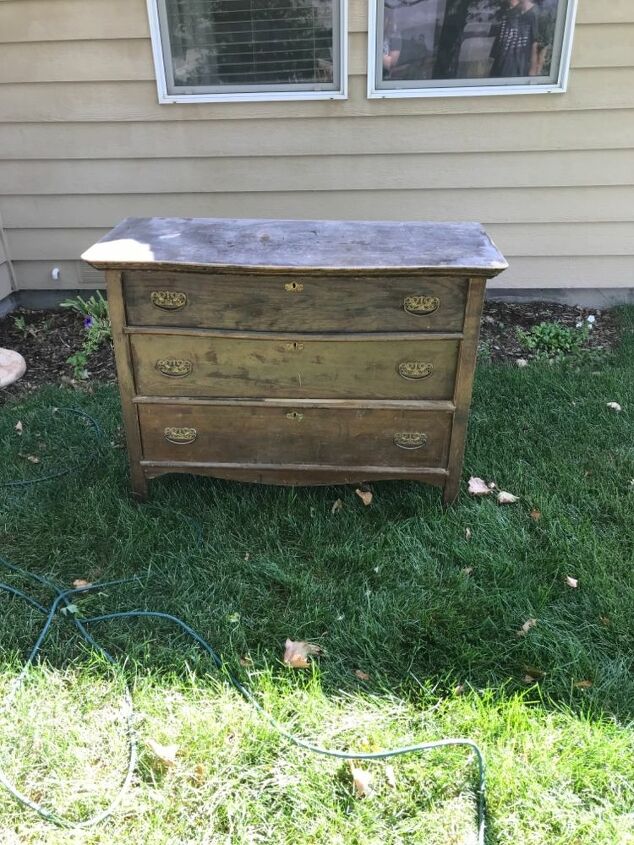

















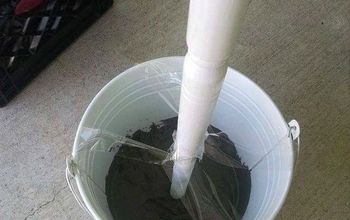
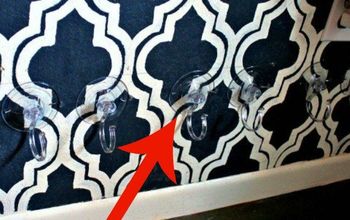



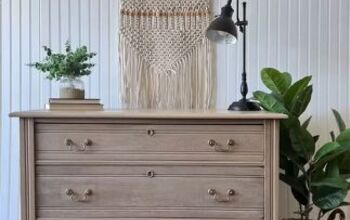
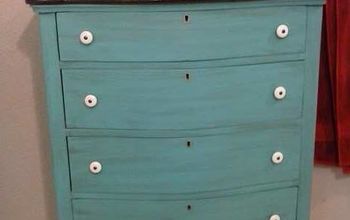
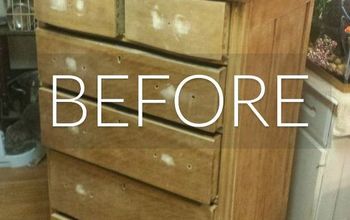
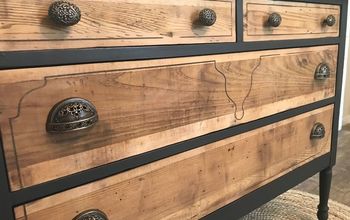
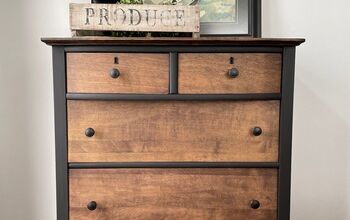
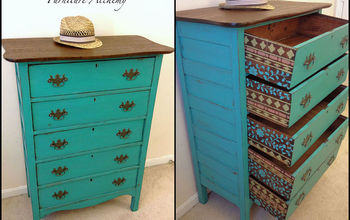
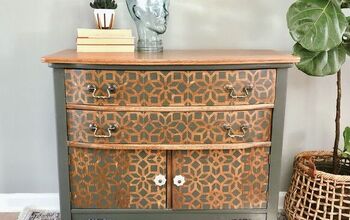
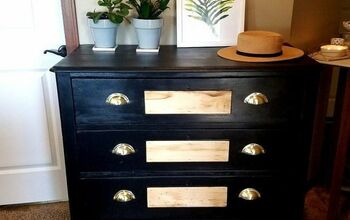

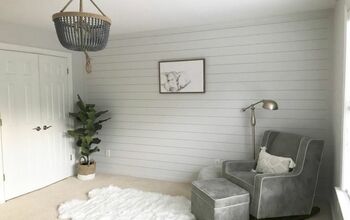
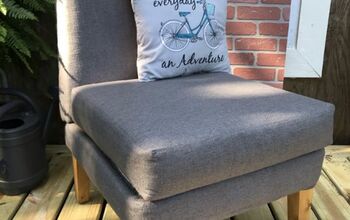
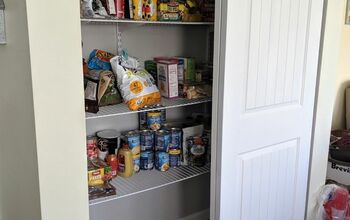
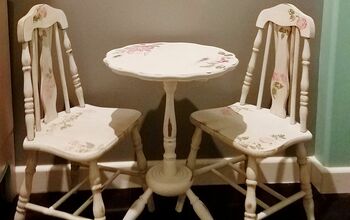
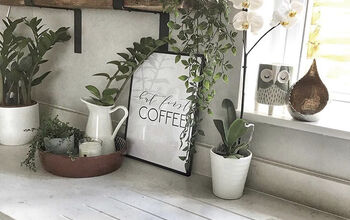
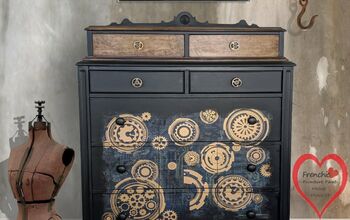
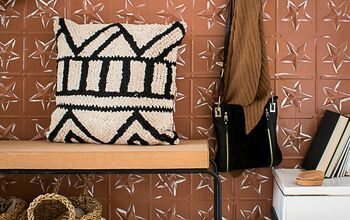
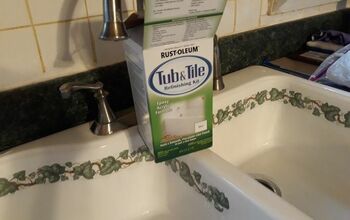
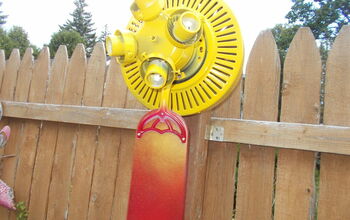
Frequently asked questions
Have a question about this project?
The link for supplies doesn't lead me to the brand of stripper that you used. I can't find it locally either, is there another brand you would recommend?
I’m not sure how to “wash” furniture with soap and water. Can you explain in detail as to how you do this? Any searches I’ve done haven’t given me the details. Thank you very much. Love how the piece turned out. I like the stain and paint combo.